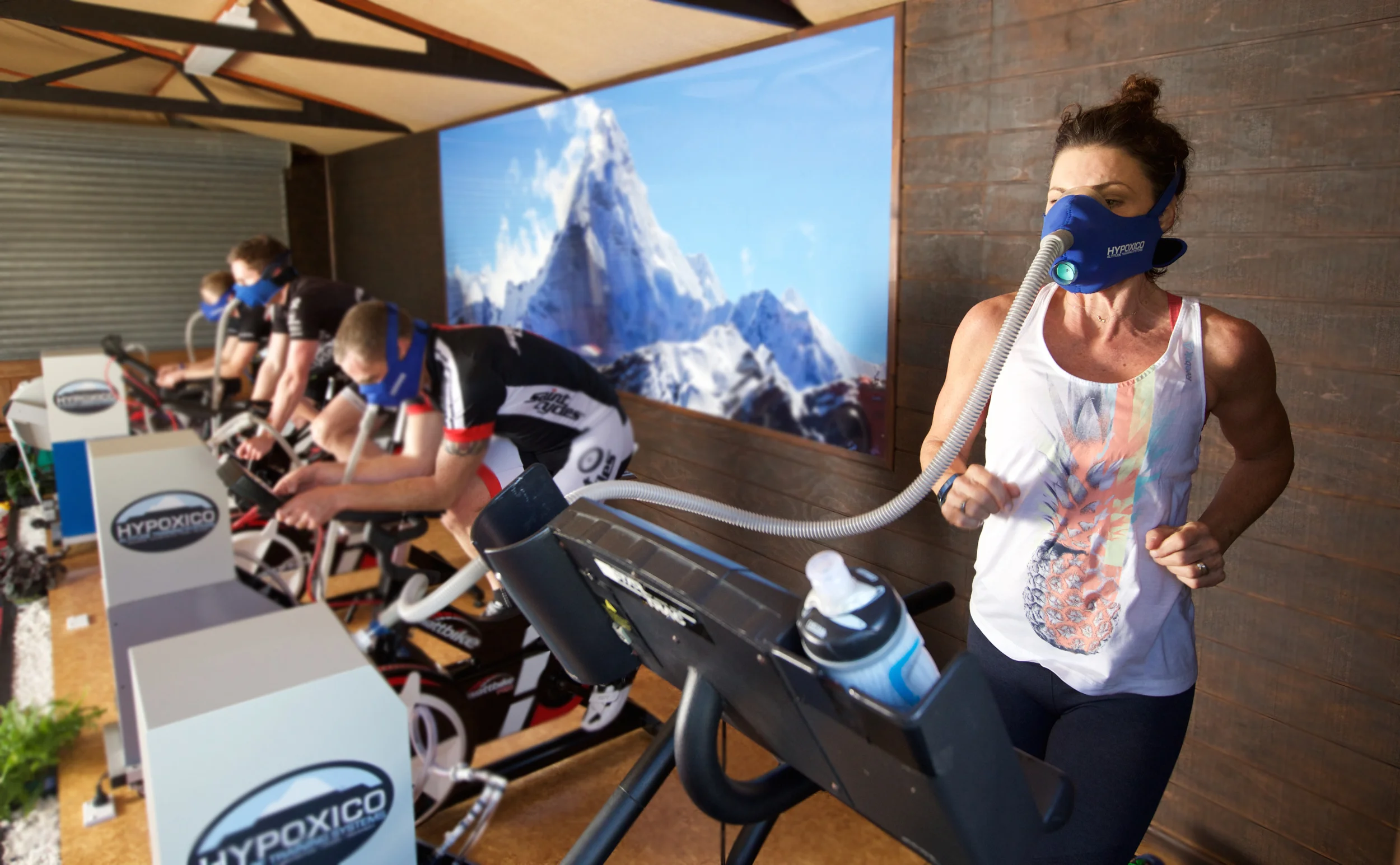

Acclimatization & hypoxic training benefits for all backgrounds & abilities.
SCROLL DOWN
Acclimatization & hypoxic training benefits for all backgrounds & abilities.
The Benefits of Altitude Training
Whether you’re looking to improve your general wellbeing or take your fitness to the next level, altitude training provides amazing results, fast.
FITNESS
IMPROVED STRENGTH
There is an increased stimuli to the body under hypoxia which induces muscle hypertrophy faster than under sea level conditions, improving muscle strength and endurance.
There is an increased stimuli to the body under hypoxia which induces muscle hypertrophy faster than under sea level conditions, improving muscle strength and endurance.
IMPROVED ENDURANCE
Your body becomes much more efficient at using available oxygen, which gives you the added advantage of lasting longer at higher speeds.
Your body becomes much more efficient at using available oxygen, which gives you the added advantage of lasting longer at higher speeds.
INCREASED VO2MAX
Similar to endurance, maximum rate of oxygen usage is improved overall. Your body's ability to process more available oxygen improves your VO2max.
Similar to endurance, maximum rate of oxygen usage is improved overall. Your body's ability to process more available oxygen improves your VO2max.
FITNESS MAINTENANCE WHEN INJURED
IHT provides a time efficient means of maintaining fitness when injured because when you train at simulated altitudes over 2,750m up to 30% more cardiovascular loading can be achieved for the same effort performed at sea level.
IHT provides a time efficient means of maintaining fitness when injured because when you train at simulated altitudes over 2,750m up to 30% more cardiovascular loading can be achieved for the same effort performed at sea level.
FASTER RECOVERY
Through IHT the body has an increased ability to offset fatigue and enhance areas of functioning that require oxygen, speeding up the recovery cycle.
Through IHT the body has an increased ability to offset fatigue and enhance areas of functioning that require oxygen, speeding up the recovery cycle.
HEALTH & WELLBEING
WEIGHT LOSS
The body is made to work harder at altitude regardless of whether you are sedentary or active. The result is a higher energy cost at a cellular level which can burn up to double the amount of calories than at sea level.
The body is made to work harder at altitude regardless of whether you are sedentary or active. The result is a higher energy cost at a cellular level which can burn up to double the amount of calories than at sea level.
REDUCED STRESS
When you carefully challenge the body to a stress stimuli such as IHT it adapts and becomes increasingly tolerant and resistant to what was your old stress limiter. Now the body’s ability to cope is at a higher level than before.
When you carefully challenge the body to a stress stimuli such as IHT it adapts and becomes increasingly tolerant and resistant to what was your old stress limiter. Now the body’s ability to cope is at a higher level than before.
MORE ENERGY
You will feel less exhausted after a conventional (sea level) training session. Under hypoxia the body has been used to training with less oxygen resulting in the body’s ability to now use the full available amount of oxygen at sea level more efficiently.
You will feel less exhausted after a conventional (sea level) training session. Under hypoxia the body has been used to training with less oxygen resulting in the body’s ability to now use the full available amount of oxygen at sea level more efficiently.
REDUCED ASTHMA
Due to an improved oxygen capacity after adaption to hypoxia less volume of air is required to be taken per breath resulting in less hyperventilation.
Due to an improved oxygen capacity after adaption to hypoxia less volume of air is required to be taken per breath resulting in less hyperventilation.
IMPROVED BREATHING
Training under hypoxic conditions makes the body very efficient at using oxygen. It basically forces you to breathe more deeply, using the whole of your lungs, which in effect brings more oxygen into the blood.
Training under hypoxic conditions makes the body very efficient at using oxygen. It basically forces you to breathe more deeply, using the whole of your lungs, which in effect brings more oxygen into the blood.
Want the in-depth training type overview? Read it here.
Book your free intro session!
Includes a free one-on-one consultation.
Have questions? Get in touch.
Want to know more?
There's been a lot of independent research done about altitude all over the world. For those of you who love sport and fitness science, here are some great reads.
Lincoln University Report - The Effect of Intermittent Hypoxic Training on Performance
Real and Simulated Altitude Training and Performance
Low intense physical exercise in normobaric hypoxia leads to more weight loss in obese people.
NZ Journal of Sports Medicine - Interval Hypoxic Training (IHT) Impact on Asthmatic Athletes
Read the PDF article on Hypoxico →
Radio NZ Interviews Altitude researchers at Lincoln University’s Exercise Science Lab
Read the article at Radio NZ →
New Kiwi research suggests altitude can affect performance at lower levels than once thought.
Read the article at NZ Herald →
